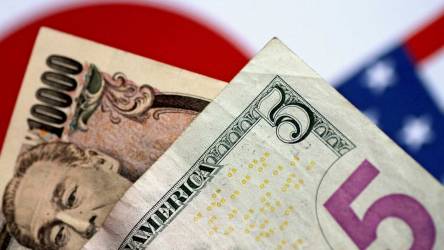The Japanese yen is the worst performing currency among majors on Wednesday, weighed down by a summary of opinions from the latest Bank of Japan meeting. Policymakers reassured that recent unexpected policy adjustment to its yield target should not be treated as a change of loose monetary policy. BOJ Governor Haruhiko Kuroda said “the Bank will aim to achieve the price target in a sustainable and stable manner, accompanied by wage increases, by continuing with monetary easing under yield curve control.” Policymakers discussed signs of wage growth, positive economic cycle but agreed it's appropriate to maintain easy policy for time being. Last week, BoJ raised the upper limit of the tolerance band on 10-year government bonds to 0.5% from 0.25%, which pushed yield to 0.49%, a level not seen since 2015.
From technical point of view, the USDJPY pair broke above major resistance at 133.10, which is marked with previous price reactions and 38.2% Fibonacci retracement of the upward move started in January 2021. If buyers manage to uphold recent momentum and push the price above the upper limit of the descending channel, the upward move may accelerate towards resistance at 137.50, which coincides with 200 SMA (red line). On the other hand, if sellers manage to regain control, retest of the support at 130.60 cannot be ruled out.

USDJPY, D1 interval. Source: xStation5
BREAKING: Mixed Inflation in Canada↔️USDCAD muted
Morning wrap (15.12.2025)
Three Markets to Watch Next Week (12.12.2025)
Daily summary: SILVER at a new ATH, EURUSD at its highest since October


